Bingxing Wang
Stock Type Prediction Model Based on Hierarchical Graph Neural Network
Dec 09, 2024

Abstract:This paper introduces a novel approach to stock data analysis by employing a Hierarchical Graph Neural Network (HGNN) model that captures multi-level information and relational structures in the stock market. The HGNN model integrates stock relationship data and hierarchical attributes to predict stock types effectively. The paper discusses the construction of a stock industry relationship graph and the extraction of temporal information from historical price sequences. It also highlights the design of a graph convolution operation and a temporal attention aggregator to model the macro market state. The integration of these features results in a comprehensive stock prediction model that addresses the challenges of utilizing stock relationship data and modeling hierarchical attributes in the stock market.
Adaptive Friction in Deep Learning: Enhancing Optimizers with Sigmoid and Tanh Function
Aug 07, 2024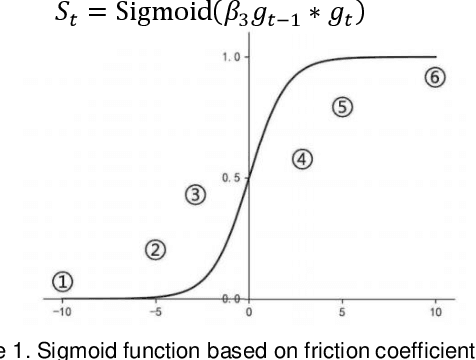
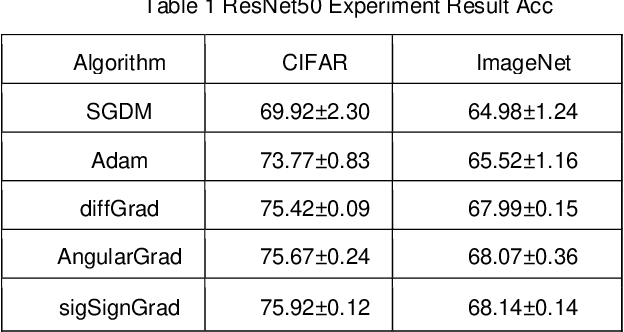
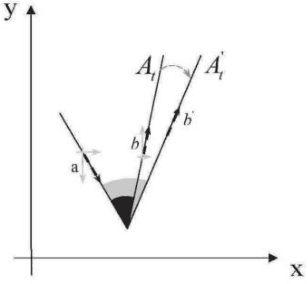

Abstract:Adaptive optimizers are pivotal in guiding the weight updates of deep neural networks, yet they often face challenges such as poor generalization and oscillation issues. To counter these, we introduce sigSignGrad and tanhSignGrad, two novel optimizers that integrate adaptive friction coefficients based on the Sigmoid and Tanh functions, respectively. These algorithms leverage short-term gradient information, a feature overlooked in traditional Adam variants like diffGrad and AngularGrad, to enhance parameter updates and convergence.Our theoretical analysis demonstrates the wide-ranging adjustment capability of the friction coefficient S, which aligns with targeted parameter update strategies and outperforms existing methods in both optimization trajectory smoothness and convergence rate. Extensive experiments on CIFAR-10, CIFAR-100, and Mini-ImageNet datasets using ResNet50 and ViT architectures confirm the superior performance of our proposed optimizers, showcasing improved accuracy and reduced training time. The innovative approach of integrating adaptive friction coefficients as plug-ins into existing optimizers, exemplified by the sigSignAdamW and sigSignAdamP variants, presents a promising strategy for boosting the optimization performance of established algorithms. The findings of this study contribute to the advancement of optimizer design in deep learning.
MFA is a Waste of Time! Understanding Negative Connotation Towards MFA Applications via User Generated Content
Aug 16, 2019

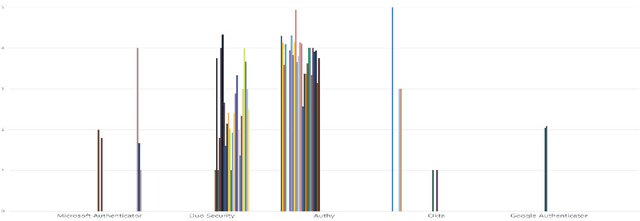
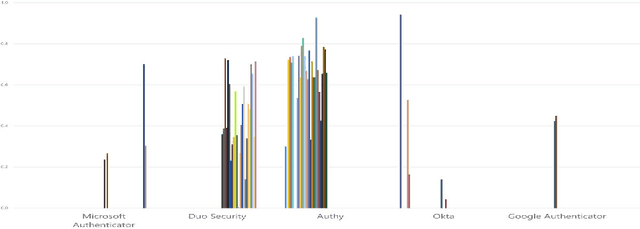
Abstract:Traditional single-factor authentication possesses several critical security vulnerabilities due to single-point failure feature. Multi-factor authentication (MFA), intends to enhance security by providing additional verification steps. However, in practical deployment, users often experience dissatisfaction while using MFA, which leads to non-adoption. In order to understand the current design and usability issues with MFA, we analyze aggregated user generated comments (N = 12,500) about application-based MFA tools from major distributors, such as, Amazon, Google Play, Apple App Store, and others. While some users acknowledge the security benefits of MFA, majority of them still faced problems with initial configuration, system design understanding, limited device compatibility, and risk trade-offs leading to non-adoption of MFA. Based on these results, we provide actionable recommendations in technological design, initial training, and risk communication to improve the adoption and user experience of MFA.
 Add to Chrome
Add to Chrome Add to Firefox
Add to Firefox Add to Edge
Add to Edge